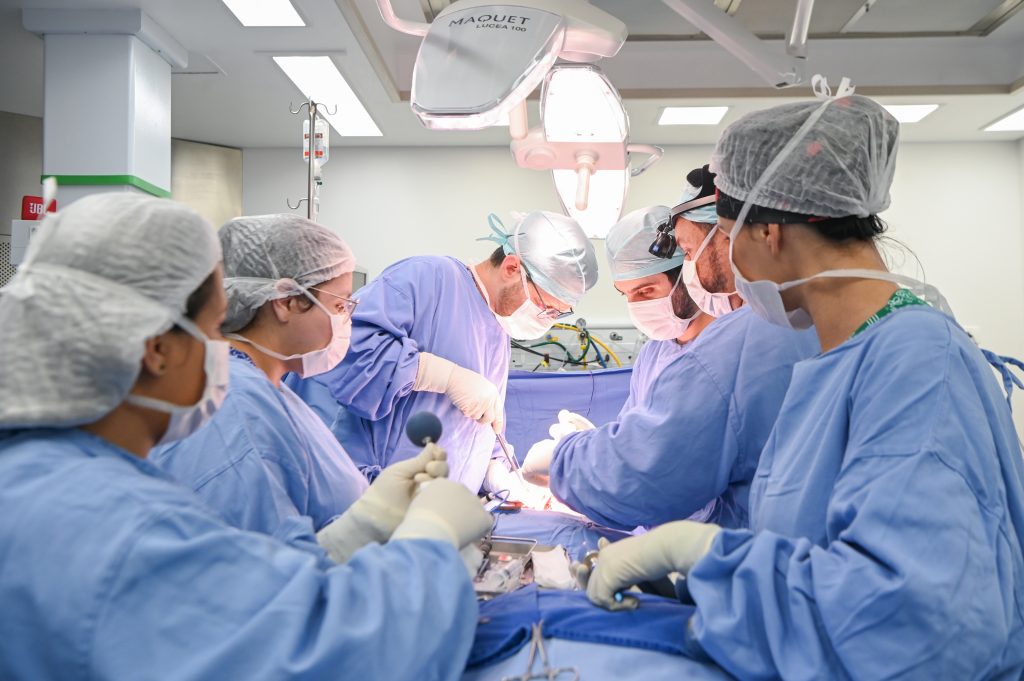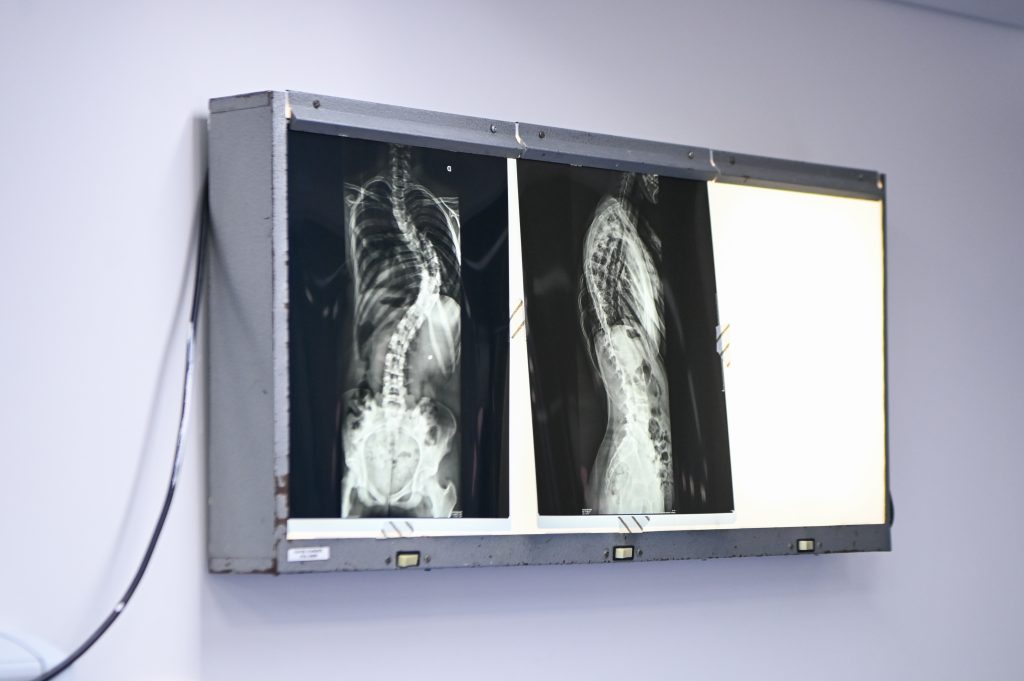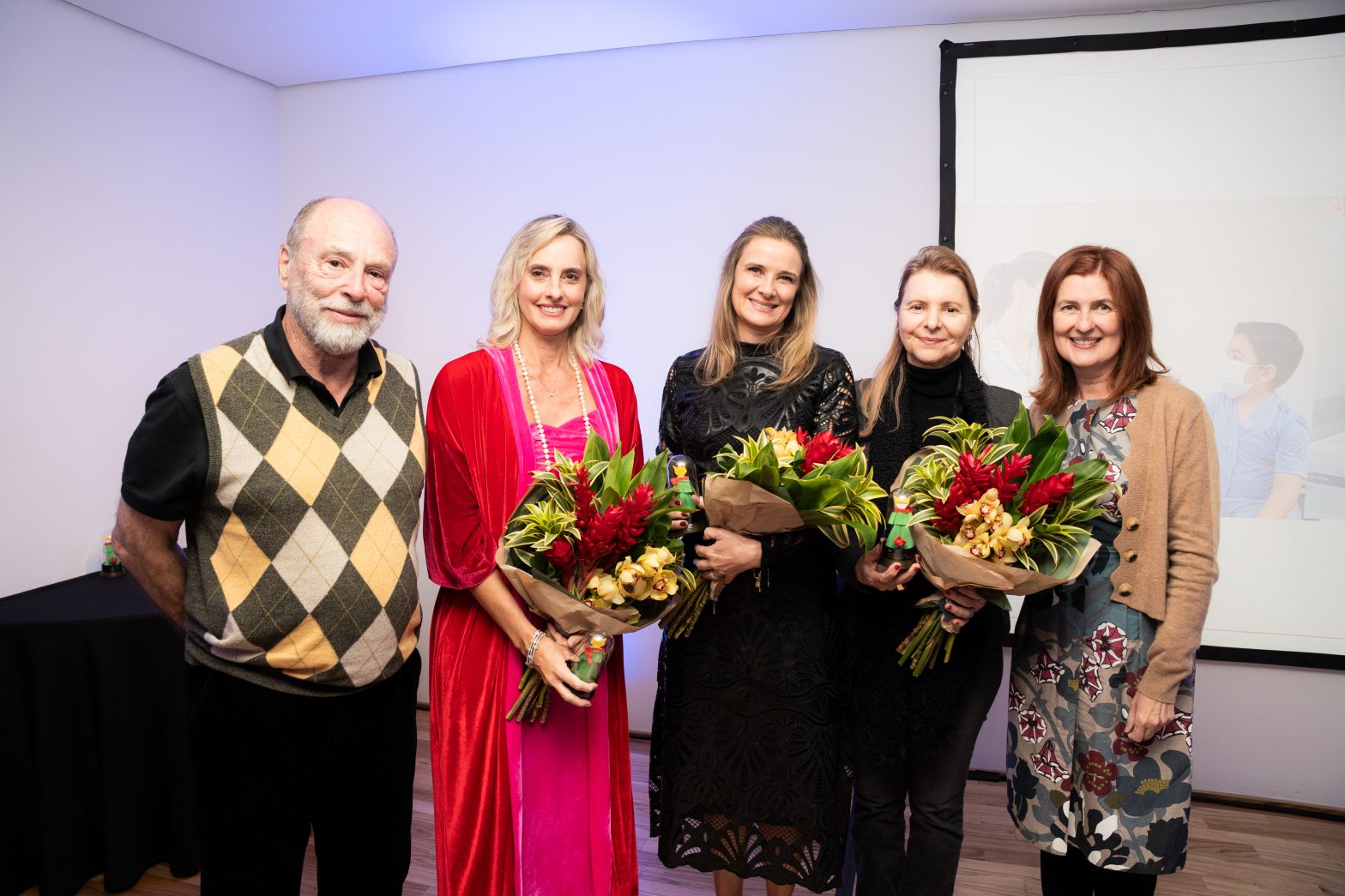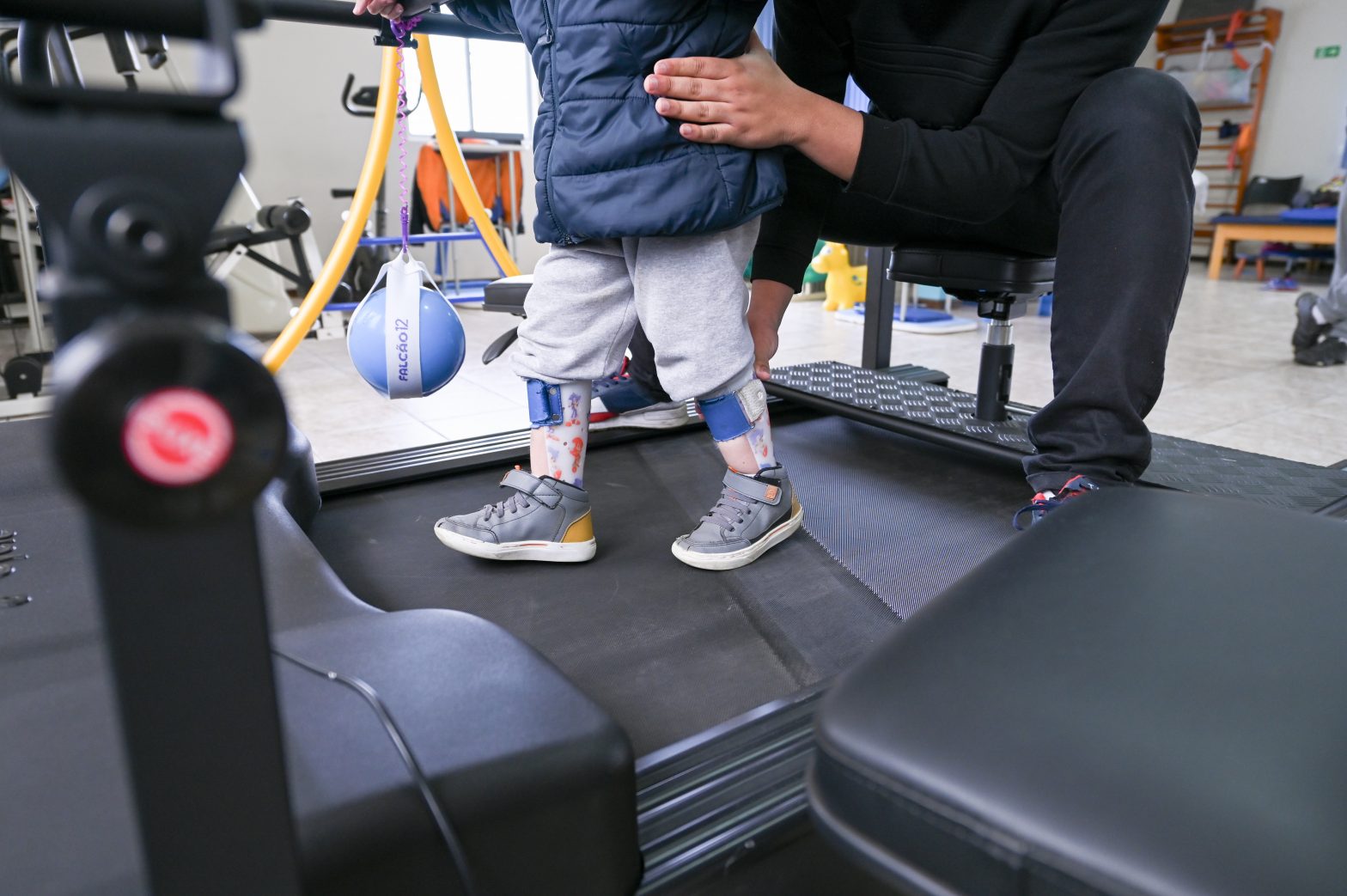Pequeno Príncipe carries out spinal surgery joint effort
In Brazil, the average waiting time to carry out the corrective procedure through the Brazilian Public Health System (SUS) is four years and three months, which can compromise the development and lives of children and adolescents
According to the World Health Organization (WHO), from 2% to 4% of the world’s population suffers from scoliosis, a spinal deformity that, depending on the degree of curvature and severity, compromises the development and even the lives of children and adolescents. In Brazil, there are more than 1.6 million people with this condition, of which around 160,000 need surgical treatment.
In the most severe cases of scoliosis, the spine takes on a C or S shape and puts pressure on the organs, affecting the cardiac and respiratory systems. In these cases, surgery is the only alternative to guarantee quality of life for boys and girls who face the condition. The procedure, however, is quite complex and requires highly trained multiprofessional teams, as well as appropriate equipment and supplies.
For children who depend on the Brazilian Public Health System (known as SUS), the challenge is even greater. A survey carried out by the Brazilian Spine Society revealed that the average waiting time in the country to undergo this procedure through the SUS is four years and three months. “Waiting for surgery in the SUS for months or years can mean disability to varying degrees and, in extreme cases, even shorten the lives of these young people, because severe scoliosis deforms the chest to the point of preventing a sufficient breathing pattern, in addition to burden the heart. Surgical treatment at the appropriate time allows the resumption of an entirely healthy life,” emphasized doctor Robert Meves, president of the Brazilian Spine Society, in an article published in the newspaper Estadão.

Joint effort in Pequeno Príncipe
Pequeno Príncipe performs around 50 scoliosis correction surgeries through the SUS per year. At the beginning of this month, a joint effort made it possible to carry out eight surgeries in a single week. Two multiprofessional teams made up of around ten people each took turns in the Surgical Center to carry out the procedures, which last an average of four and a half hours. All doctors, including the four former residents of the institution who reinforced the team, operated voluntarily. Four companies that supply the Hospital donated resources to pay for the transportation of former residents, food for the teams, neuromonitoring and the supplies needed to carry out the surgeries.
According to the head of the spine team at Pequeno Príncipe, Luis Eduardo Munhoz da Rocha, patients aged between 12 and 18 were chosen, with very severe scoliosis. One of these patients is Nicolas Gabriel Palharini Boelter, 12 years old. He was born with myelomeningocele, a condition that affects spinal development. Because of this situation, he has already had several surgeries. The procedure to correct the scoliosis had been awaited for over a year. With a very serious condition, his surgery lasted around 11 hours.
Challenges in Pequeno Príncipe
In Pequeno Príncipe, some challenges prevent the SUS from carrying out a greater number of scoliosis surgeries. Around 40% of these procedures require neuromonitoring, a resource that allows professionals to monitor the entire physiological activity of the spinal cord during surgery, detecting possible changes at the exact moment they happen, which increases the safety of the surgery. However, SUS does not bear the cost for this resource. Furthermore, the compensation SUS offers to professionals is extremely low. For a surgery that can last up to 11 hours, like Nicolas’s, the fees paid to professionals are around US$ 220.
In addition to these points, in order for Pequeno Príncipe to be able to increase the number of surgeries performed per month, it is necessary to increase the total number of ICU beds, as a large number of these patients need a post-surgery support. To this end, the Hospital has already prepared a project that envisages the implementation of an additional 28 intensive care beds.
“The knowledge we have accumulated over more than a hundred years of history enables us to focus our operations, increasingly, on high complexity. But to do this we need to raise awareness among public managers about SUS remuneration, which is still very deficient,” explains the executive director of the Hospital, Ety Cristina Forte Carneiro. To expand the structure, with the implementation of more ICU beds, the Hospital seeks support from society, through donations.

Orthopedics in Pequeno Príncipe
Pediatric orthopedics is a subspecialty that includes all childhood orthopedic diseases. In addition to 24-hour emergency care, the Orthopedics and Traumatology Service at Pequeno Príncipe Hospital provides consultations and surgeries, including major procedures. The orthopedics service is a national reference in the area of pediatric orthopedics and receives every day children and adolescents with complex pathologies who require surgery.
Currently, 20 doctors work at the service, which has all the necessary structure to support imaging diagnosis, interaction with professionals from other areas of medicine and rehabilitation support. One of the most modern rooms in Brazil is maintained at the Surgical Center. The room is equipped with an image intensifier, air conditioning with laminar flow and surgical tables suitable for different types of procedures.
More
Pequeno Príncipe Gala 2024 will be held in São Paulo
Dinner with the participation of the patronesses marked the launch of the event, scheduled for September 30
Pequeno Príncipe maintains a completely free rehabilitation unit
Around 500 children and adolescents receive care annually at the structure, which is financed with the support of society








